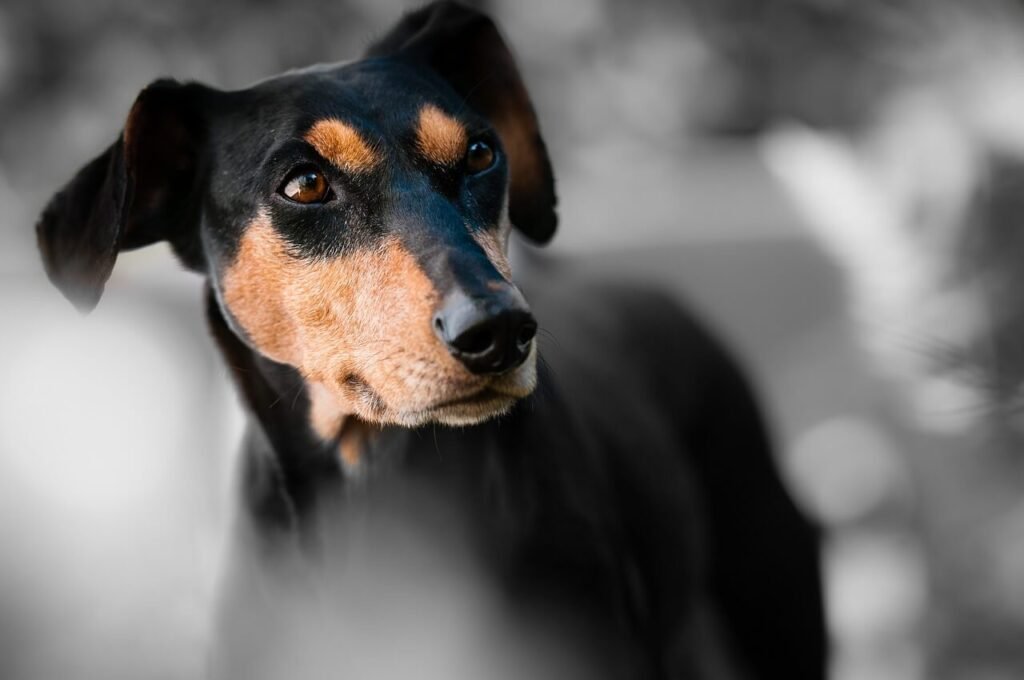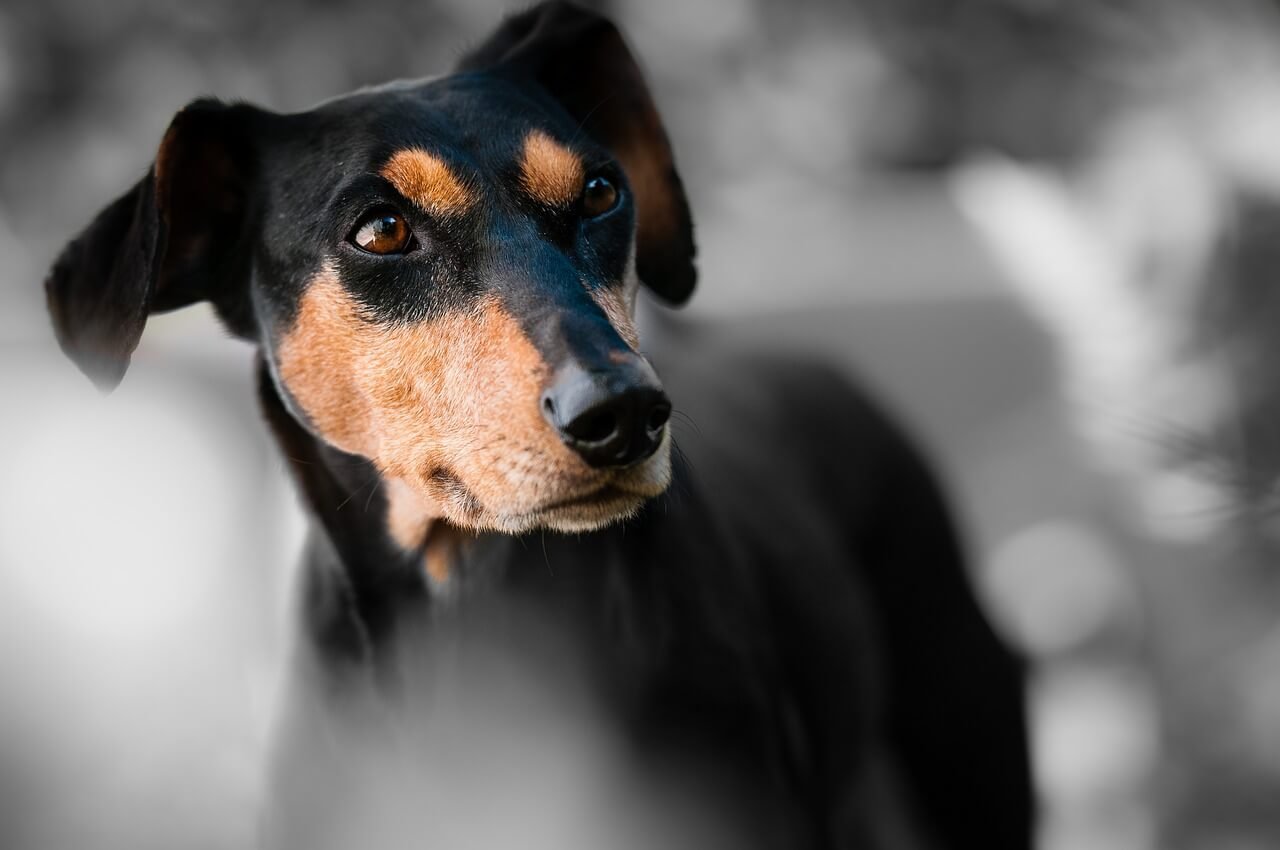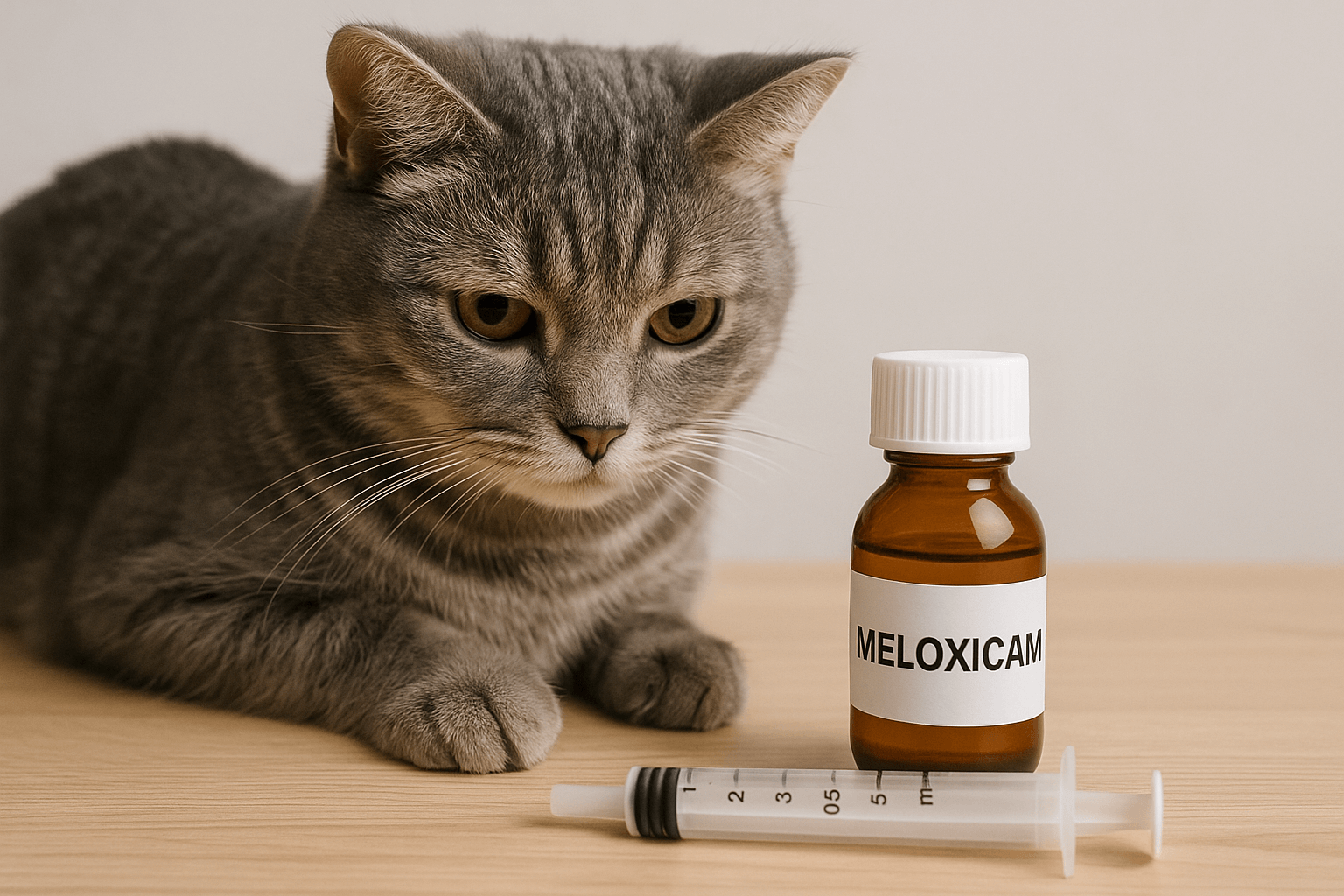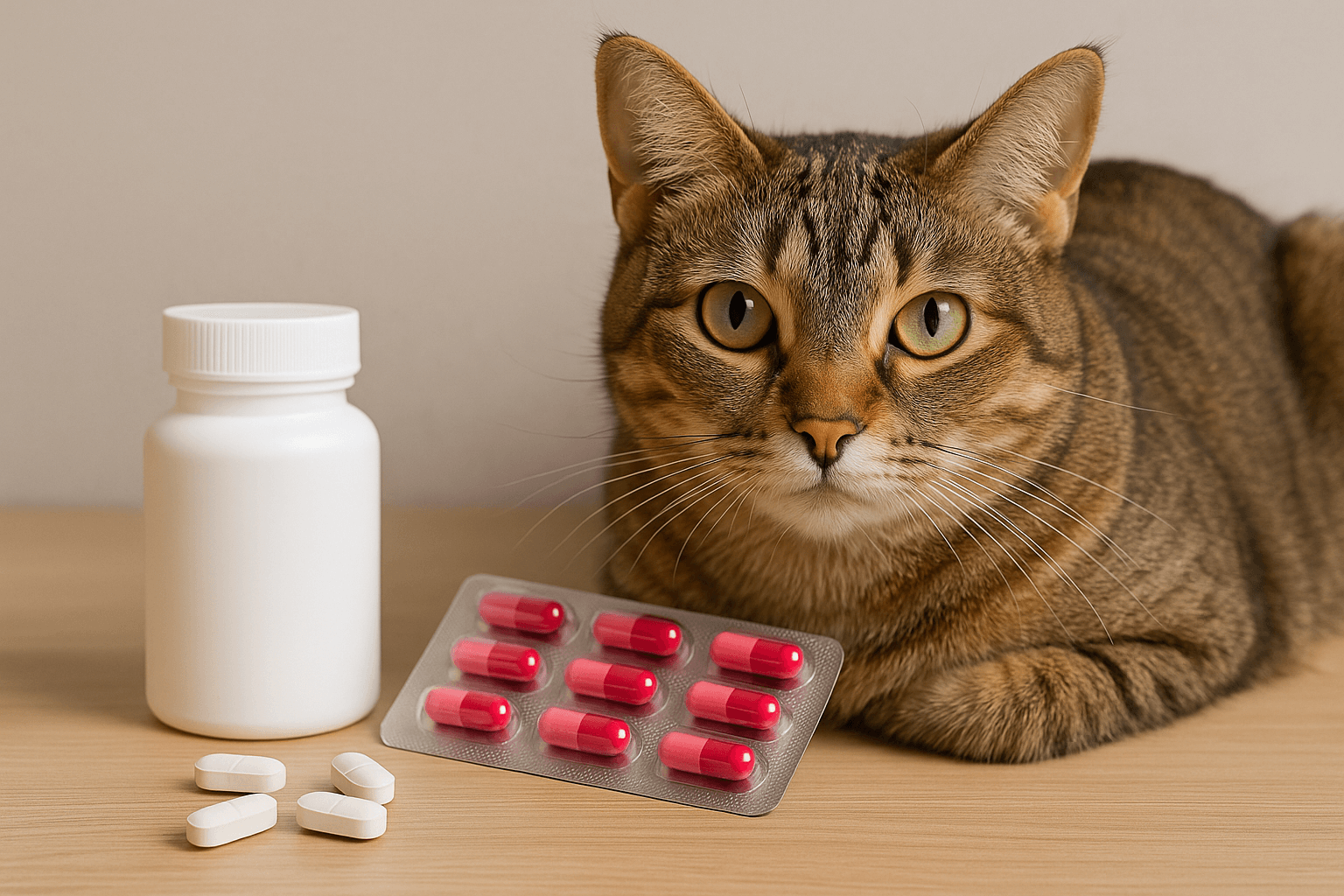Can Dogs Eat Sausage? What You Need to Know
Sausages are a beloved treat for many people, whether grilled at a summer barbecue or enjoyed as part of a hearty breakfast. But what about our furry friends? Can dogs eat sausage too? This is a question that many pet owners ask themselves when their curious canine companions eye their plate with those irresistible puppy-dog eyes. While it might be tempting to share your sausage with your dog, it’s important to understand the potential risks and benefits before doing so. In this blog post, we’ll explore everything you need to know about feeding sausage to your dog, including its nutritional value, possible dangers, and healthier alternatives.
What Are the Key Ingredients in Sausage That Affect Dogs?
Sausage is more than just meat; it often contains a variety of ingredients that can have different effects on dogs. To ensure your pet’s safety, it’s essential to understand what goes into most sausages and how these components might impact your dog’s health.
High Sodium Content :
Most sausages are packed with salt, which can lead to dehydration and kidney problems in dogs if consumed in large quantities.Added Spices and Seasonings :
Many sausages contain spices like garlic and onion powder, which are toxic to dogs and can cause gastrointestinal upset or even damage red blood cells.Preservatives and Additives :
Artificial preservatives such as nitrates and nitrites may pose long-term health risks for dogs, including an increased risk of cancer.Fat Content :
Sausages are typically high in fat, which can lead to pancreatitis, a painful and potentially life-threatening condition in dogs.Meat Quality :
Some sausages use low-quality meat by-products that lack nutritional value and may contain harmful contaminants.
Understanding these key ingredients will help you make informed decisions about whether or not to share sausage with your dog. Always prioritize your pet’s health over satisfying their cravings.
Potential Health Risks of Feeding Sausage to Dogs
While sausage might seem like a tasty snack for your dog, there are several health risks associated with feeding it to them. Being aware of these risks can prevent unnecessary trips to the vet and keep your pup healthy and happy.
Digestive Upset :
The rich and fatty nature of sausage can upset your dog’s stomach, leading to vomiting or diarrhea.Pancreatitis :
High-fat foods like sausage can trigger inflammation of the pancreas, a serious condition requiring immediate veterinary attention.Toxic Ingredients :
Certain spices and seasonings commonly found in sausage, such as garlic and onion, are toxic to dogs and should always be avoided.Obesity Risk :
Regularly feeding your dog calorie-dense foods like sausage can contribute to weight gain and obesity-related health issues.Choking Hazard :
Large chunks of sausage or casings can pose a choking hazard, especially for smaller breeds or overly eager eaters.
By keeping these risks in mind, you can better protect your dog from harm while still finding ways to spoil them safely. Moderation and caution are key when introducing any human food into your dog’s diet.
Check this guide 👉Can Dogs Eat Sardines? Best 7 Health Tips!
Check this guide 👉Can Dogs Eat Olives? Best 7 Health Tips!
Check this guide 👉Can Dogs Eat Dates? Best 7 Health Tips!

Risks of Feeding Sausage to Dogs | Safe Alternatives for Dogs |
|---|---|
High sodium content | Plain cooked chicken breast |
Toxic spices and seasonings | Steamed carrots |
Artificial preservatives | Unsweetened applesauce |
Excessive fat | Blueberries |
Choking hazards | Plain boiled rice |
How to Safely Share Sausage with Your Dog (If You Must)
If you decide to occasionally treat your dog to a small piece of sausage, there are steps you can take to minimize the risks involved. Following these guidelines will help ensure that your dog enjoys their treat without compromising their health.
Choose Plain Varieties :
Opt for sausages without added spices, seasonings, or artificial additives.Limit Portion Sizes :
Only offer a very small piece as an occasional treat—never as a regular part of their diet.Remove Casings :
Sausage casings can be difficult to digest and may cause blockages, so remove them before offering the meat to your dog.Cook Thoroughly :
Ensure the sausage is fully cooked to eliminate any bacteria or parasites that could harm your dog.Monitor for Reactions :
Keep an eye on your dog after they’ve eaten sausage to watch for signs of digestive upset or allergic reactions.
By following these tips, you can reduce the likelihood of adverse effects while still indulging your dog’s curiosity. However, remember that moderation is crucial!
Healthier Treat Options for Your Dog
Instead of sharing sausage with your dog, consider offering healthier treats that provide nutritional benefits without the associated risks. These alternatives are not only safe but also loved by most dogs.
Lean Proteins :
Cooked turkey, chicken, or beef are excellent sources of protein for dogs.Fruits and Vegetables :
Apples (without seeds), carrots, and green beans are low-calorie snacks packed with vitamins.Peanut Butter (Xylitol-Free) :
A small spoonful of peanut butter makes a delicious and energy-boosting treat.Plain Yogurt :
Rich in probiotics, plain yogurt supports gut health and digestion.Pumpkin Puree :
Canned pumpkin puree aids digestion and is a great source of fiber.
Offering these healthier options ensures that your dog gets the nutrients they need while avoiding the pitfalls of processed human foods like sausage. Your dog will thank you with wagging tails and boundless energy!
Choosing the Right Gentle Giant for Your Lifestyle
Selecting the perfect gentle giant breed involves more than just falling in love with their adorable faces. Each breed has unique traits and requirements that may or may not align with your lifestyle. To make an informed decision, consider the following factors:
Space Availability: Ensure you have enough room for a large dog to move comfortably, especially indoors.
Activity Level: Some gentle giants are more active than others; choose a breed that matches your energy level.
Grooming Needs: Breeds like the Bernese Mountain Dog require frequent brushing, while others, like the Great Dane, need minimal grooming.
Time Commitment: Consider how much time you can dedicate to training, exercise, and companionship.
Budget Constraints: Factor in costs for food, vet care, and supplies when deciding on a breed.
By carefully evaluating these aspects, you’ll find a gentle giant that fits seamlessly into your life and brings endless joy.
Feeding Guidelines for Gentle Giants
Proper nutrition is vital for maintaining the health and well-being of gentle giant dog breeds. Their large size means they require a diet tailored to support their growth, energy levels, and overall health. Here are some feeding guidelines to keep your gentle giant thriving:
High-Quality Food: Opt for premium dog food formulated specifically for large breeds to ensure balanced nutrients.
Portion Control: Overfeeding can lead to obesity, which exacerbates joint problems; follow portion recommendations based on weight.
Feeding Schedule: Divide meals into two or three smaller portions throughout the day to reduce the risk of bloat.
Avoid Table Scraps: Human food can be harmful; stick to dog-safe treats and avoid toxic ingredients like chocolate or onions.
Hydration: Always provide access to fresh, clean water, especially after exercise or during hot weather.
A well-planned diet not only supports your gentle giant’s physical health but also enhances their quality of life.
Traveling with Your Gentle Giant
Taking your gentle giant on adventures requires careful planning due to their size and specific needs. Whether it’s a road trip or a visit to the vet, preparation ensures a smooth and stress-free experience for both you and your dog. Below are some tips for traveling with your gentle giant:
Vehicle Space: Use a spacious crate or harness designed for large dogs to keep them safe and secure during car rides.
Rest Stops: Plan frequent breaks for bathroom visits and stretching, especially on long journeys.
Comfort Items: Bring along their favorite blanket or toy to help them feel at ease in unfamiliar environments.
Identification Tags: Ensure they wear updated ID tags and have a microchip in case they get lost while traveling.
Accommodation Research: Check pet-friendly hotels or accommodations ahead of time to avoid last-minute hassles.
With thoughtful preparation, traveling with your gentle giant can become a rewarding experience that strengthens your bond and creates lasting memories.
Frequently Asked Questions About Dogs and Sausage
Is it okay to give my dog a small piece of sausage?
While a tiny piece once in a while won’t harm most dogs, it’s best to avoid it due to the high fat, sodium, and spice content.
Can sausage cause pancreatitis in dogs?
Yes, the high fat content in sausage can lead to pancreatitis, a painful condition requiring medical treatment.
Are there any types of sausage that are safer for dogs?
Plain, unseasoned sausages made from lean meats are slightly safer but still not ideal due to their fat and sodium levels.
What should I do if my dog accidentally eats sausage?
Monitor your dog closely for symptoms like vomiting, diarrhea, or lethargy. Contact your vet if you notice anything unusual.
Can puppies eat sausage?
Puppies have sensitive digestive systems, so it’s especially important to avoid feeding them sausage.
Final Thoughts: Prioritize Your Dog’s Health Over Temptation
When it comes to feeding sausage to your dog, the risks often outweigh the benefits. While it’s natural to want to share your favorite foods with your furry friend, it’s crucial to prioritize their health and well-being. By understanding the potential dangers of sausage and exploring safer alternatives, you can ensure that your dog stays happy, healthy, and full of energy. Remember, a balanced diet tailored to your dog’s specific needs is the best way to show them love—and sometimes, saying “no” is the kindest thing you can do.
Cat Fever Treatment: Best 7 Expert Tips! Discover expert advice on identifying, managing, and treating fever in cats to ensure their quick recovery and well-being.
Understanding Meloxicam for Cats: Best 7 Expert Tips! Learn how to safely administer meloxicam, manage side effects, and ensure your cat's comfort with expert advice on feline pain relief.
Amoxicillin for Cat UTI: Best 7 Expert Tips! Discover safe usage, dosage guidelines, and expert advice on treating feline urinary tract infections effectively with amoxicillin.
Understanding Cat Cancer Treatment: Best 7 Expert Tips! Discover expert advice on managing feline cancer, from early detection to treatment options, ensuring your cat’s health and comfort.





